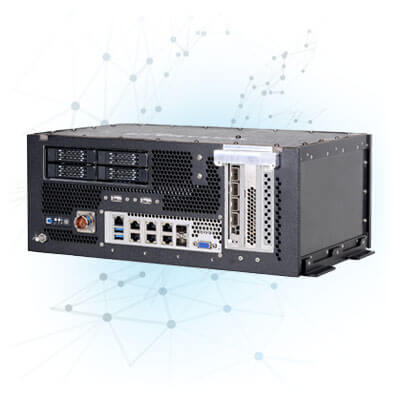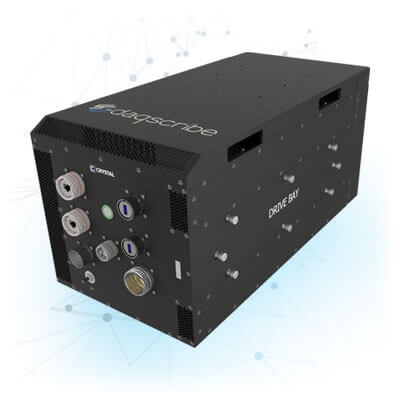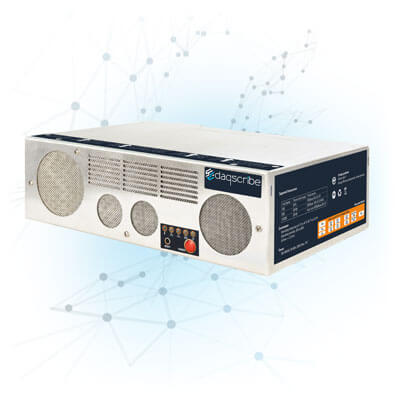Understanding Remote Packet Capture
Remote packet capture allows network administrators to capture network traffic from any location within the network without being physically present. This capability is crucial for managing distributed networks, diagnosing remote issues, and ensuring consistent network performance across all nodes.
Setting Up for Remote Packet Capture
Remote Packet Capture is a technique that allows network administrators and security professionals to monitor and analyze network traffic from a remote location. This capability is crucial for troubleshooting network issues, performing security audits, and ensuring the smooth operation of network services without the need for physical presence at the site of the network infrastructure. The setup for remote packet capture involves a series of steps focused on selecting the appropriate tools and configuring network devices to enable and support this functionality.
Necessary Tools and Equipment
The first step in setting up for remote packet capture is to select the right combination of software and hardware tools. The choice of tools can significantly impact the efficiency and effectiveness of remote packet capture operations.
Software Tools: Several software tools are available for remote packet capture, ranging from open-source solutions like Wireshark with remote capture capabilities to more sophisticated commercial solutions designed for enterprise environments. These software solutions usually require an agent or a proxy installed on the network to send the captured packets to the analyst’s location. When choosing a software tool, it’s essential to consider factors such as compatibility with existing network infrastructure, scalability, and the ability to filter and analyze captured data effectively.
Hardware Tools: In some cases, specialized hardware may be necessary to facilitate remote packet capture, especially in high-speed networks or networks with high traffic volumes. These hardware solutions often come in the form of network taps or packet brokers that can be installed in data centers or network hubs. They capture traffic and, in conjunction with software tools, allow for remote analysis. The choice of hardware should be guided by the network’s size, complexity, and the specific requirements of the packet capture tasks.
Configuring Network Devices for Remote Capture
Once the necessary tools and equipment have been selected, the next step involves configuring the network devices to enable and support remote packet capture. This process can vary significantly depending on the network devices (routers, switches, etc.) and the manufacturer. However, the general steps are as follows:
Enabling Capture Capabilities
Many modern network devices come with built-in capabilities for packet capturing. This feature may need to be enabled via the device’s management interface. In some cases, additional software or firmware updates may be necessary.
Configuring Port Mirroring
For capturing traffic that passes through a switch, port mirroring (SPAN on Cisco devices) is often used. This involves configuring the switch to send a copy of the traffic from one or more ports (or VLANs) to a designated port where the capture device is connected.
Setting Up Access Control
Security is a critical consideration when setting up remote packet capture. It’s essential to configure access controls to ensure that only authorized users can initiate packet captures. This might involve setting up VPN access, using SSH for secure command-line access, or configuring firewall rules to limit access to the packet capture tools.
Testing and Validation
After the configuration is complete, it’s crucial to test the setup to ensure that remote packet capture is working as intended. This typically involves initiating a packet capture session remotely and verifying that the captured data is accessible and accurate.
Performance Considerations
It’s important to monitor the impact of packet capture on network performance. High volumes of traffic can strain network resources, so it’s crucial to adjust the capture parameters (such as the size of the capture buffer and the use of filters to limit the scope of the capture) to minimize the impact.
By carefully selecting the right tools and properly configuring network devices, organizations can set up efficient and secure remote packet capture operations. This capability is invaluable for maintaining network health, security, and performance, even in complex and distributed network environments.
Challenges and Solutions in Remote Packet Capture
Handling Network Latency: Strategies to minimize the impact of latency on the accuracy of captured data.
Ensuring Data Integrity: Techniques to ensure that captured packets are not corrupted or lost during transmission.
Best Practices for Effective Remote Packet Capture
Insights into ensuring successful remote packet capture, including network preparation, tool configuration, and data storage considerations.
High-Speed Packet Capture and Analysis
As networks accelerate, capturing every packet becomes a formidable challenge. High-speed packet capture is essential for networks where milliseconds matter, such as financial trading platforms and critical infrastructure networks.
Technologies Enabling High-Speed Capture
Network TAPs vs. SPAN Ports: Comparing the efficacy and limitations of using Network Test Access Points (TAPs) and Switched Port Analyzer (SPAN) ports for high-speed capture.
Specialized Capture Hardware: An overview of dedicated hardware solutions that can handle the rigors of high-speed packet capture without dropping packets.
Techniques for Managing High-Speed Data
Packet Slicing: Reducing the size of packet data to manage bandwidth and storage efficiently.
Filtering at Capture Time: Preemptively filtering out irrelevant data to focus on the most critical information.
Analyzing High-Speed Capture Data
Tools and Software for Analysis: A guide to selecting analysis tools capable of handling high-speed data.
Interpreting Packet Data in High-Speed Networks: Tips for making sense of packet data under the demands of high-speed network conditions.
Automated Packet Analysis and Reporting
Automation transforms packet analysis from a tedious, manual task into a streamlined, efficient process, enabling real-time insights and responses.
Setting Up Automated Packet Analysis Systems
Selecting the Right Tools: Criteria for choosing software that can automate the analysis process effectively.
Customizing Analysis for Your Network: Tailoring automated analysis to meet the unique needs and challenges of your specific network environment.
Key Features of Automated Analysis Tools
Real-Time Alerts: How automated tools can monitor network traffic and alert administrators to anomalies as they happen.
Trend Analysis and Reporting: Utilizing automated tools to generate insights into long-term network performance and security trends.
Integrating Packet Analysis with Network Management Systems
Enhancing Security Posture: Leveraging packet analysis to detect and mitigate security threats swiftly.
Optimizing Network Performance: How automated analysis contributes to identifying and resolving performance bottlenecks.
Advanced Techniques in Packet Capture
Deep Packet Inspection (DPI)
What is DPI? An exploration of Deep Packet Inspection’s role in analyzing the data part of a packet, beyond just the header.
Applications and Challenges: Discussing how DPI is used for security, network management, and censorship, alongside the challenges it presents.
Packet Capture in Encrypted Networks
Approaches to Decrypting Traffic: Techniques for decrypting encrypted traffic for analysis, within legal and ethical guidelines.
Legal and Ethical Considerations: Navigating the complex landscape of privacy laws and ethical considerations when capturing and analyzing encrypted packets.
Daqscribe Case Studies for Remote Packet Capture
Illustrative examples of how advanced packet capture techniques have been applied in real-world scenarios, from enhancing security in distributed networks to optimizing high-speed trading platforms and streamlining incident response through automation.
Future of Packet Capture Technologies
The future of packet capture technology promises even more sophisticated tools and methodologies to keep pace with the evolving network landscape. By embracing advanced techniques like remote packet capture, high-speed analysis, and automated reporting, network professionals can ensure their networks remain secure, efficient, and resilient in the face of ever-growing challenges. This article has provided a comprehensive guide to the best practices in advanced packet capture techniques, equipping readers with the knowledge to navigate this complex field.




